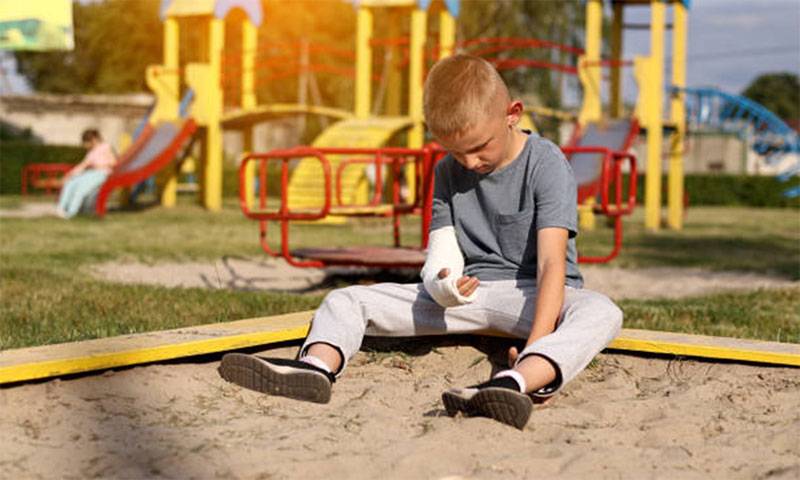Understanding Liability When Children Get Hurt on Public Property
Responsibility for injuries to children in public spaces is covered by premises liability. The responsible entity is considered negligent if they have not maintained safe conditions. Public places such as parks, playgrounds, sidewalks, and public pools are hubs of recreation and exploration for children. The issues of a child sustaining injury become complex due to liability, governmental immunity, and legal rights factors.
The first act in such an event is always to seek medical attention. However, creating documentary evidence in the form of photographs, witness statements, and preservation of the site is just as vital. These steps would ensure that your public-entity claims are strong. The incident should be reported promptly, as claims are governed by strict rules and timelines.
A frequent issue faced by parents and guardians is the public entity’s responsibility, obligations, and preservation of the claim. It is vital to know the steps to take if your child is in the event of such an occurrence. We will provide a brief outline of what you should be aware of in such an event.
Public Entity Immunity
Public spaces come under sovereign immunity, and lawsuits should fulfill statutory conditions. The claimant should show an unsafe condition of the public property, posing a public risk, and the government failed to correct or warn about it.
Premises Liability and Child-Specific Doctrines
Premises liability law lays down that owners or occupiers should ensure the safety of the space. Hazard warnings should be displayed prominently to the lawful entrants (invitees, licensees).
However, courts consider the “attractive nuisance” doctrine where children are involved. It presumes that if a property has features attractive to children, such as abandoned equipment, playpens, water bodies, etc., then the owner has additional responsibility to inspect and put up barriers or warning signs. This rule applies to a trespassing child.
In public spaces like playgrounds, the law mandates strict vigilance, and the authorities are expected to foresee that children will naturally use them.
Steps to File a Valid Claim
A successful injury claim should prove:
- Duty: The entity has a legal duty of care under the law.
- Breach/Dangerous Condition: Failure to maintain, inspect, correct, or warn of the dangers despite full knowledge.
- Notice: The entity had been aware of the danger for some period of time.
- Causation: The hazard was responsible partially or completely for the injury.
- Damages: The child suffered injury, incurred medical costs, pain and suffering, or other losses.
The claimant should file the claim or notice of claim within the time period. Missing the deadline can result in being barred entirely. Some states waive or provide immunity for certain types of injuries or property.
Photographs of the hazard, dimensions, witness statements, prior complaints, incident logs, repair logs, and medical records enhance credibility and help counter defenses.
Challenges and Defenses Public Entities Raise
- Sovereign or Governmental Immunity: Entities may argue that the claimant failed to comply with notice or claim immunity.
- Lack of Knowledge: Claiming no knowledge or prior knowledge to enable correction.
- Comparative Fault/Contributory Negligence: The defendant may argue that the claimant neglected their responsibility.
- Intervening Cause: Arguing a contributory factor as a defense.
- Statutory Limits: Caps on damage claims on public entities may limit recovery.
Guidelines for Successful Claims
- Act Quickly: File notice as soon as possible after injury, as public claims have a statute of limitations.
- Detailed Documentation: Photograph the scene, take witness contacts, and note hazard measurements.
- Maintenance and Inspection Records: Obtain the repair or complaints report.
- Engage Experts: Employ experts to pick flaws and explain structural safety, highlighting the failure of the public agency.
- Watch Statute of Limitations: For children, some jurisdictions delay the process until they reach majority.
Key Takeaways
- Knowledge of legal standards, defenses, and procedural requirements is vital if a child is harmed in public spaces.
- Injuries on public property claims are bound by an intricate legal regime when compared to private settings.
- Public entities can be sued under “dangerous condition” statutes or under the attractive nuisance clause.
- Parents or guardians should be aware of the steps to take if their child is injured for a better claim outcome.


